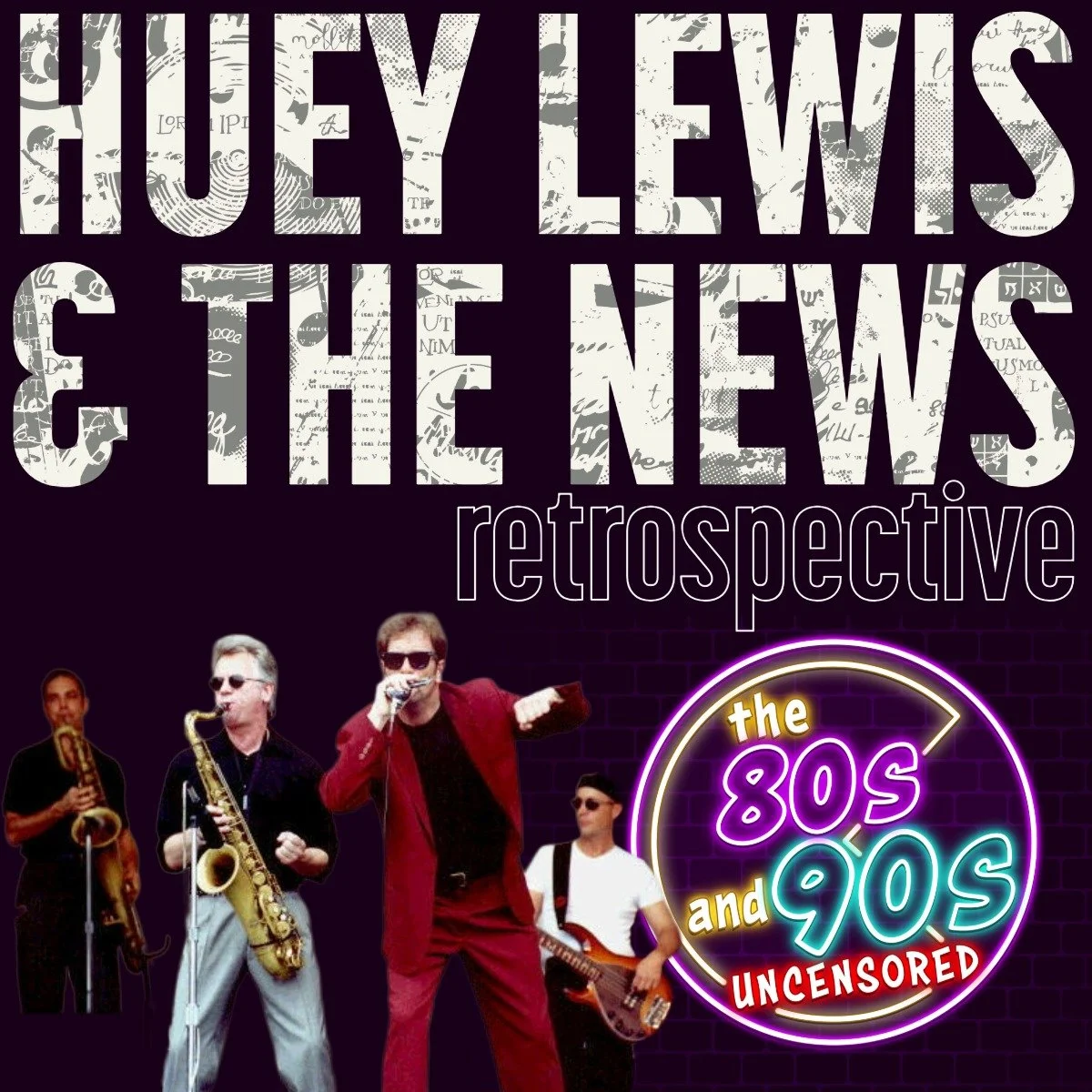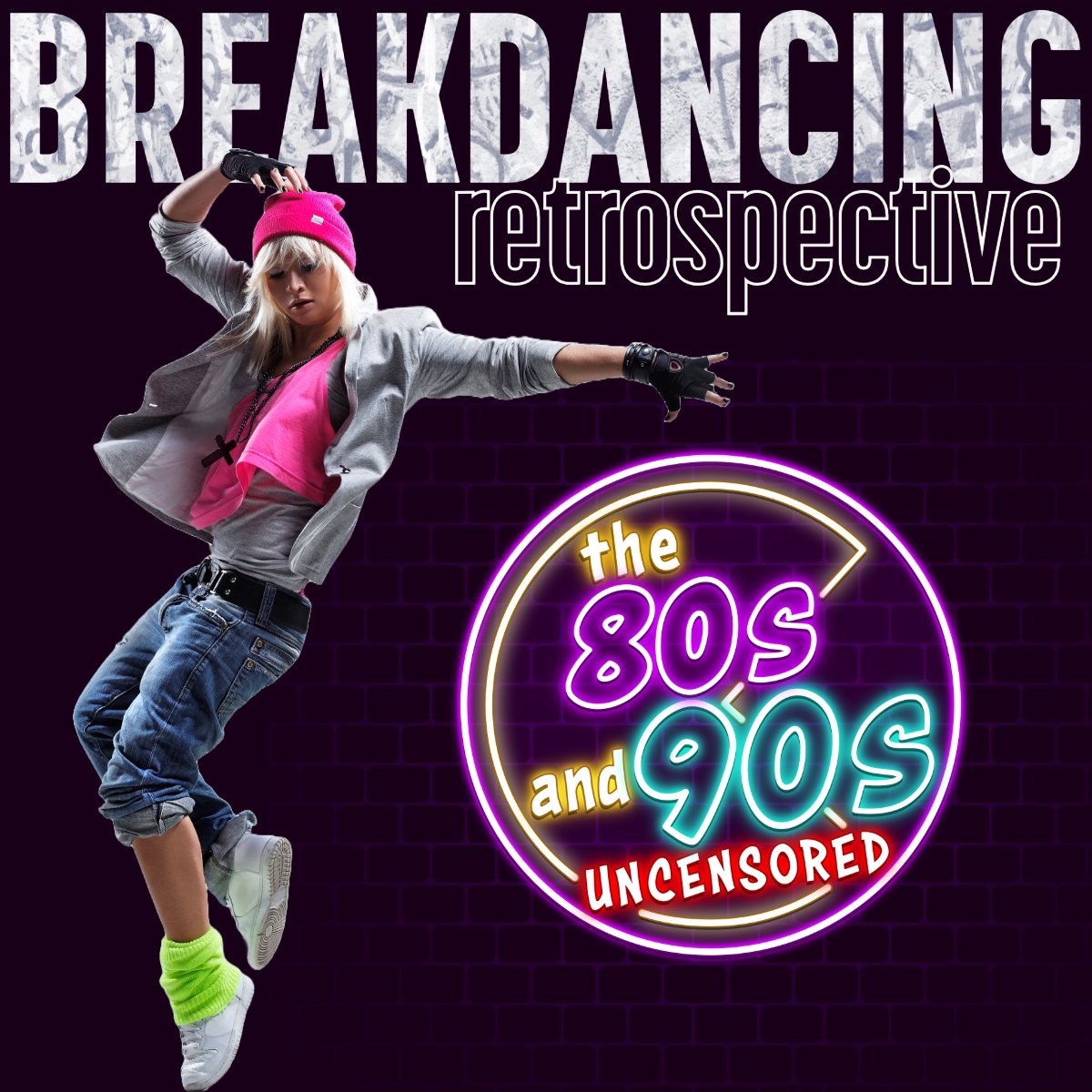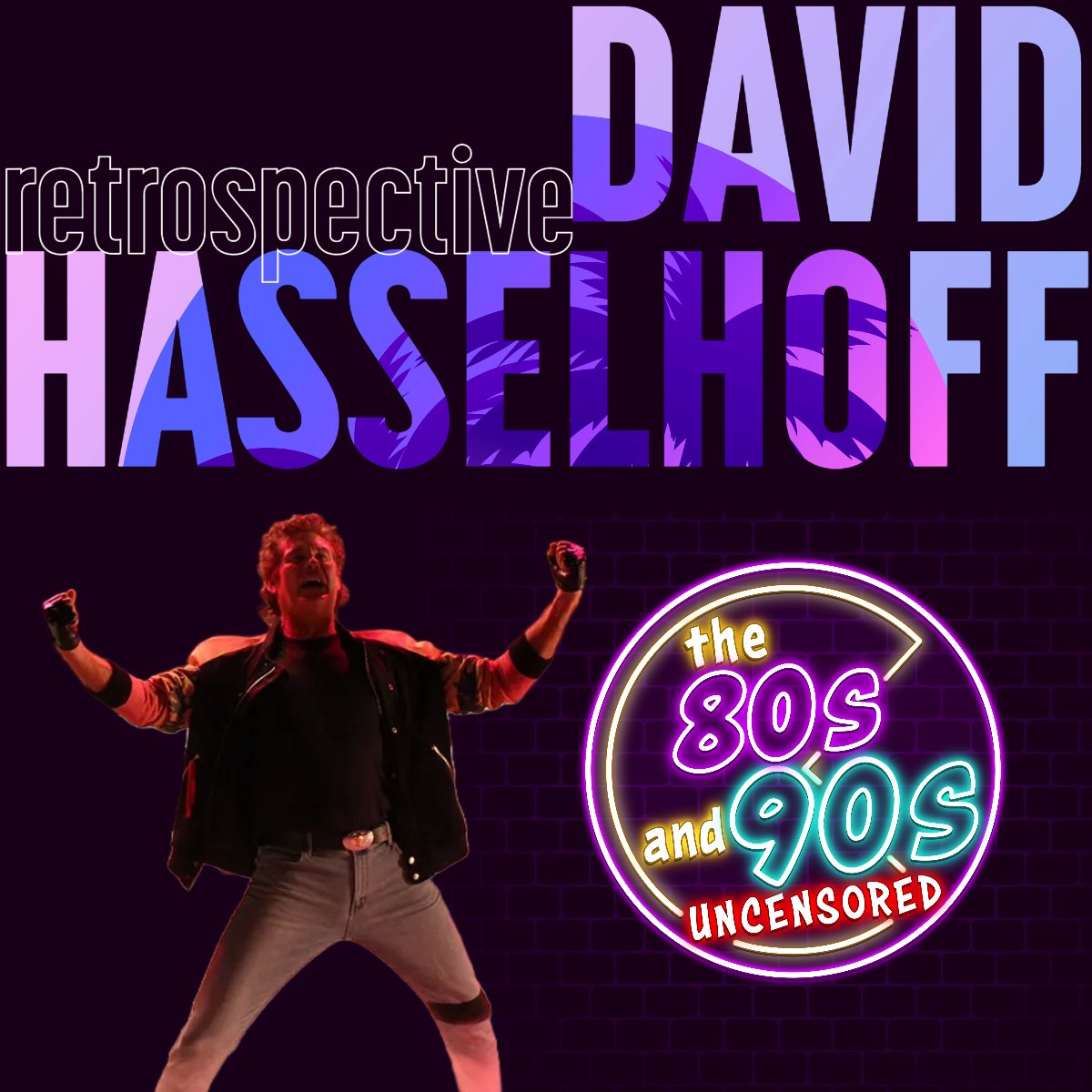Sue Saad and the Next: The New Wave Band That Almost Could’ve Been Huge
In the dawn of the 1980s, as radio stations hummed with the energy of Pat Benatar, Joan Jett and the Blackhearts, and Scandal with Patty Smyth, another name was on the verge of joining that elite company. That name was Sue Saad and the Next. They had everything in place: a powerhouse female vocalist, a gifted songwriting team, a major label debut, and the kind of cinematic presence that landed them songs in Hollywood films. They seemed destined to become one of the defining female-fronted rock acts of the early New Wave era. But history took a different turn, and instead of rising alongside their peers, they became one of rock’s most intriguing near-misses.
The Los Angeles Beginnings
Sue Saad and the Next were formed in Los Angeles in the late 1970s by vocalist Sue Saad, guitarist Tony Riparetti, and drummer James Lance. The trio had played together in an earlier band called Calliope before evolving into The Next, and eventually adopting the name Sue Saad and the Next when they signed to Planet Records, a label started by the respected producer Richard Perry. The group’s origins were steeped in the Los Angeles club scene, a melting pot of punk, pop, and rock influences. They came up during a fertile moment when music was breaking boundaries and female artists were finding a stronger foothold in the rock world.
By the time the band landed their record deal in 1979, the pieces seemed to be falling into place. They had a charismatic lead singer in Saad, whose voice could convey both toughness and vulnerability. Riparetti and Lance, who wrote most of the band’s material, gave the songs a melodic sensibility that balanced perfectly with their rock edge. It was a combination that could have placed them squarely in the company of Benatar and Scandal.
The Sound of a Moment
In 1980, Sue Saad and the Next released their self-titled debut album. The record was produced by Richard Perry and the band’s own James Lance, and was completed in less than three weeks on a relatively modest budget. The result was a confident and tightly constructed record that blended New Wave sheen with straight-ahead rock hooks. Songs like “Gimme Love/Gimme Pain,” “Prisoner,” and “Young Girl” showcased Saad’s commanding vocals and the band’s gift for melody and drama.
Critics at the time noted that the album fit perfectly within the sound of its moment. It was rock with a pulse of new wave, radio-ready yet sincere, stylish but not contrived. The music could sit comfortably beside Blondie or Benatar on a playlist, but it also had its own unique personality. The band’s sound was cinematic, emotional, and undeniably catchy.
Despite that, their debut album only reached number 131 on the Billboard 200. The critical response was encouraging, but without a breakout single to push them into heavy rotation, the record didn’t achieve the exposure it deserved. Still, there was a sense that this was only the beginning.
The Hollywood Connection
While the band’s chart success stalled, they found another unexpected avenue for exposure through film. In 1980, they contributed the song “Double Yellow Line” to the movie Roadie, a rock comedy that also featured tracks from artists like Blondie and Pat Benatar. That same year, they recorded the title song “Looker” and the track “High Wire” for Michael Crichton’s science-fiction thriller Looker. These were high-profile placements that placed Sue Saad and the Next in the company of some of the most visible artists of the time.
“Roadie”, 1980, film trailer.
“Looker”, 1981, film trailer.
Their connection to Hollywood deepened when they contributed multiple songs to the cult film Radioactive Dreams in 1985, directed by Albert Pyun. Saad even appeared in the movie, performing some of the band’s songs on screen. The group’s cinematic sensibility made them a natural fit for this kind of work, and in retrospect it gave them a distinctive legacy that extended beyond the traditional rock circuit.
Sue Sadd and the Next make an appearance on the 1985 film “Radio Active Dreams” performing the the song “Guilty Pleasures”.
A year later, the collaboration with Pyun continued in his 1986 science-fiction film Vicious Lips, which told the story of an all-female rock band on a distant planet trying to make it big. The film’s futuristic setting and punk-glam aesthetic were an ideal match for Saad’s voice and the band’s songwriting. Their music formed a core part of the movie’s identity, providing both its energy and attitude. While Vicious Lips never became a mainstream hit, it developed a cult following among fans of 1980s sci-fi and music cinema. Through that connection, Sue Saad and the Next left their mark on one of the most eccentric and visually distinctive rock films of the decade.
The 1986 film “Vicious Lips” opening credits features “Reach For Your Dreams” by Sue Saad and the Next.
The fictional band “Vicious Lips” lip sync “Lunar Madness” by Sue Saad and the Next.
Yet for all the exposure that came with film work, it never translated into sustained mainstream success. Their music reached audiences in fragments, through soundtracks and one-off placements, rather than through consistent radio play or heavy touring.
The Moment That Never Came
Listening to the band’s album today, it is impossible not to hear the potential for greater success. Their combination of attitude and accessibility was exactly what the early 1980s seemed to reward. So what happened? Why did Sue Saad and the Next not rise to the heights of Benatar, Jett, or Scandal?
Despite the band’s talent and strong songs, the music industry of the early 1980s often focused promotional resources on established female-fronted acts. With artists like Pat Benatar, Blondie, and Scandal already making waves, labels and promoters sometimes treated the market as if it could only accommodate a limited number of women in rock. Sue Saad and the Next found themselves competing in a crowded field of artificial turf, and even with a compelling album and cinematic soundtrack work, they struggled to break through to mainstream audiences.
Timing was another issue. By 1981, MTV was transforming how artists broke through. The acts that dominated the era had strong visual branding and instantly recognizable personas. Joan Jett had her leather-jacket rebel image. Benatar exuded glamour and power. Scandal leaned into polished pop appeal. Sue Saad and the Next, despite their striking look and cinematic music, never had the opportunity to craft a visual identity that reached that scale. Without a major video hit in the early MTV years, they were overshadowed by those who did.
The band’s internal circumstances also worked against them. Although they toured and even supported acts like UFO and the Boomtown Rats, they lacked the strong management that could have helped them navigate label politics and seize bigger opportunities. Their follow-up album, which could have capitalized on the momentum of their debut, was written but never released. Without that second record to build their catalog and maintain their presence, the band’s trajectory stalled and eventually faded.
What Their Peers Had That They Didn’t
The contrast between Sue Saad and the Next and their contemporaries is telling. Pat Benatar had a series of hit singles, consistent album releases, and a carefully developed image that made her one of the most visible women in rock. Joan Jett harnessed the raw simplicity of her sound and turned it into an anthem for rebellion. Scandal benefited from a polished pop-rock sensibility and the promotional might of a major label at just the right moment. Each of those artists had a combination of timing, support, and marketing that Sue Saad and the Next lacked.
It was not for lack of talent or effort. Their songs were sharp, their performances confident, and their sound aligned perfectly with what radio and MTV audiences wanted. What they lacked, perhaps, was a single defining hit that could carry them across that final threshold into mass recognition. In a business that often hinges on one song, they simply never had that lightning-in-a-bottle moment.
The Legacy and Rediscovery
Over the years, the band’s music has quietly persisted through cult appreciation. Their soundtrack songs continue to circulate among fans of 1980s cinema, and their album has found new listeners online. In 2016, their unreleased recordings from the 1980s were compiled into a new album titled “Long Way Home”, offering a glimpse of what could have been had their second record seen the light of day.
Tony Riparetti went on to a successful career composing film scores, including many collaborations with Albert Pyun, while Sue Saad remained an enduring figure for those who remember the promise of that debut record. What remains remarkable is how modern much of their work still sounds. The songs carry the urgency and polish of early New Wave but retain an emotional core that makes them timeless.
For listeners today, discovering Sue Saad and the Next feels like uncovering a secret chapter in the story of women in rock. They belong in the same conversation as Benatar, Jett, and Scandal not because they shared the spotlight, but because they should have. They embodied the same spirit of independence and energy that defined that generation of artists. The fact that they never reached the same level of fame says more about the mechanics of the music industry than the quality of their work.
Remembering Sue Saad and the Next
The story of Sue Saad and the Next is a reminder that history does not always reward the deserving. It is also a testament to how much the landscape of rock music has changed, and how the boundaries that limited artists in the past are now being reconsidered. For every chart-topping act of the early 1980s, there were others like Sue Saad and the Next who had the songs, the talent, and the vision but lacked the machinery of promotion and timing.
Their single album stands as a snapshot of a moment when everything was possible. It is filled with the restless energy of artists on the cusp of breaking through. Listening to it now, it is hard not to imagine an alternate history in which their songs were played on MTV, their faces on magazine covers, and their name mentioned in the same breath as the icons of that era.
Sue Saad and the Next might not have taken off like Blondie, Pat Benatar, Joan Jett, or Scandal, but their story continues to resonate. They remain one of those rare acts that music fans love to rediscover, a reminder of how close brilliance sometimes comes to being forgotten. In a just world, they would have been stars. In ours, they are legends waiting for their due.

















We’re joined by Naomi from the Dope Nostalgia Podcast to debate which song is the greatest one-hit wonder of the 90s. We pitch our song and debate its merits. Do you agree!